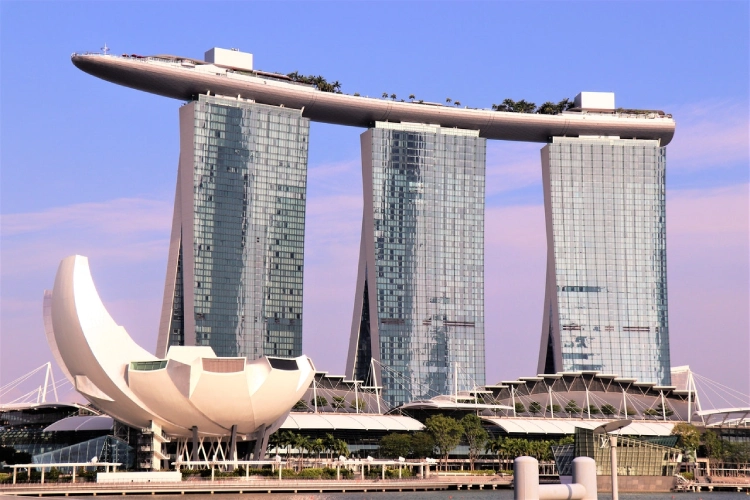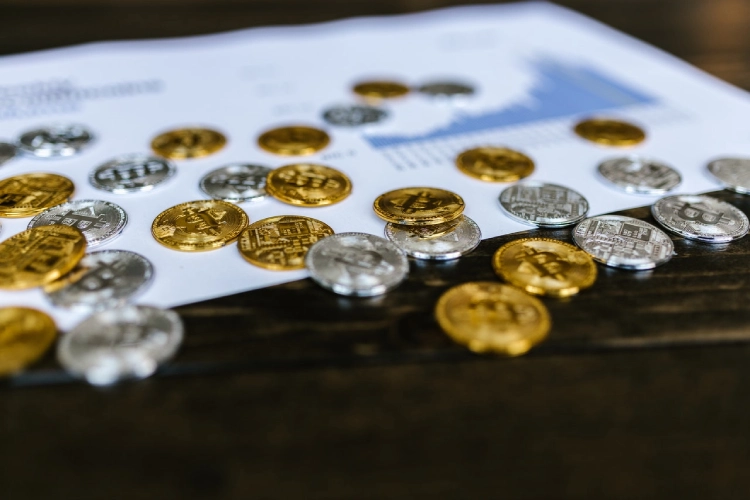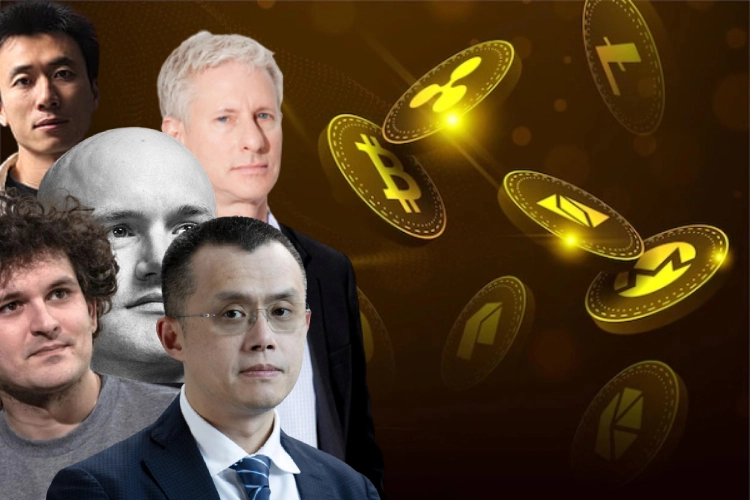Singapore is a tiny country, so small that you can drive across it in one hour. With a GEP per capita of stunning 65 000 us dollars, Singapore has grown exceptionally despite its size and lack of natural resources, with its 5.6 million people enjoying one of the highest average incomes in the world, ahead of countries like Germany, France and Japan.
Singapore was under British administration for over a century. They seceded from the British crown in August 1963 and merged with Malaysia, although they split up two years later due to social and political concerns. Singapore then gained formal independence on August 9, 1965, with Yusuf Bin Ishak serving as their first president and the highly influential Lee Kuan Yew as prime minister.
Even after independence, the fight for Singapore was far from over. They continued to experience many problems. Many of their people were unemployed, more than two-thirds of them lived in slums, and life expectancy was very low in comparison to many other countries. So, how did this small island become so wealthy?
Industrialization
In order to grow its economy, Singapore needed a comprehensive industrialization program with a focus on labor-intensive industries. Because of this, their leaders experimented with globalization and foreign investment, but many investors were hesitant to invest in this newly constituted country.
To attract investors, Singapore had to create an environment that was safe, corruption-free, and also low in taxation. To make this feasible, the government became more autocratic. Corruption was reduced, law and order was properly implemented and a business-friendly environment was created. Singapore became very appealing to international investors in contrast to its neighbors, whose political and economic climates were unpredictable and became very stable comparatively.
Geographical Location
Singapore is not gifted with a vast majority of natural resources, a large population, or a huge landmass. What it does have is a good geographic location. The country is situated at the confluence of important shipping routes that connect the west to Asia’s major economies, such as China, Japan, and South Korea. That is one of the primary reasons why the British decided to establish a colony in Singapore in 1819.
Singapore’s location provided great connectivity to major Asian economies and after the completion of the Suez Canal in 1869, Singapore became more important to the British. It was a gateway for them to control much of the Asian trade. As a result, the British built a port system for trade and to deploy troops in Asia.
The port of Singapore is now the world’s busiest transshipment port ahead of Hong Kong and Rotterdam and in terms of total cargo tonnage handled, it has become the second busiest behind the port of Shanghai. The Singapore port is also the connecting hub for international air travel. This has helped the country to attract tourists.
International tourist arrivals have more than doubled since 1997, to 17.4 million in 2017. Tourism contributes about 12 billion dollars to Singapore’s GDP or four percent. Because of its advantageous position, the country has become a financial hub for many businesses.
Manufacturing of goods/Exports
With an advantageous geographic location and a well-established port system, Singapore became an ideal place to manufacture goods. By 1972, just seven years after independence, one-quarter of Singapore’s manufacturing firms were either foreign-owned or joint venture companies and the United States and Japan were major investors. From 1965 to 1972, the country’s gross domestic product experienced annual double-digit growth.
The people of Singapore are known as the assets of their growth and the thing that made these assets even better was education. As the country experienced a high level of foreign investment, it started investing in education and skill development programs. They set up many technical schools and paid international corporations to train their unskilled workers and as the workforce became educated and skilled, they started to export high-end goods.
Singapore exported textiles, clothing, and basic electronics in the 1970s but by the 1990s, it was involved in biotech research, medicine, integrated circuits, and aerospace engineering. Even though Singapore does not have a large number of natural resources, its second-largest export is refined petroleum products. Also, there are currently over 3,000 multinational corporations operating in the country, accounting for more than two-thirds of the manufacturing output and direct export sales and it’s not just manufacturing.
Revenue Collection
Singapore has a low tax rate. This doesn’t mean the government hates taxes; they just collect them in different ways. For instance, when the government imposed very high taxes on vehicles in 2018, they collected a whopping amount of taxes. It seems like a bad thing, but in reality it’s actually not. That is because Singapore is a small country with a decent population and a high urban area, so the traffic problem is obvious due to the high taxes. Many people prefer not to buy cars and the government uses vehicle tax revenue to build public transport, which undoubtedly is one of the best.
Furthermore, the Singapore government does not simply spend all of the cash generated by exports and FDI on infrastructure and other necessary spending; they also invest in sovereign wealth, as Singapore has not one but two sovereign wealth funds with combined assets of over 900 billion dollars. These sovereign funds are counted among some of the biggest in the world.
Due to low tax rates in Singapore, many assets formerly held in Switzerland were moved to Singapore, hence many people call Singapore the Asian Swiss.
The Downside
Singapore has been lauded for successfully transitioning from a developing to a developed economy. For five years in a row, Singapore has been crowned the world’s most expensive city, ahead of New York and London but the rate of inequality in Singapore is fairly high. The Gini coefficient, which is a scale used to assess inequality, with zero being the most equal and one being the least, the data suggests that the nation has a rather high Gini coefficient of 0.45. A Gini coefficient greater than 0.4 normally indicates a high-income disparity, but after accounting for taxes and transfers, it declined from 0.45 to 0.356 in 2017.
Singapore’s low birth rate, like that of other industrialized countries, is posing problems for its demographics. This problem generates a reliance on foreign workers for labor supply.
Parting Word
Despite having a smaller geographical mass and fewer natural resources, Singapore has turned its labor into an advantage by training its workforce for increased production. It has played clever by acting as an ideal intermediary for many western firms operating in the area, capitalizing on Asia’s developing economies such as China, Japan, South Korea, and Taiwan.

 Is Bitcoin the New Digital Gold
Is Bitcoin the New Digital Gold